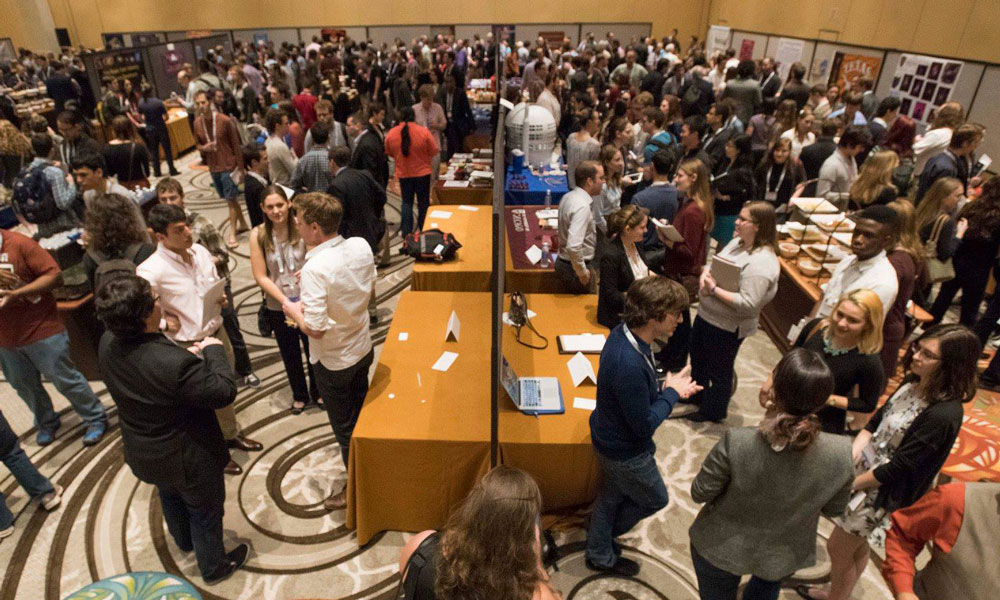
After Scandal, Astronomical Society Event Focuses on Fighting Sexual Harassment
Astronomy wasn't the only big topic at the American Astronomical Society's annual meeting in Florida this week. Months after a scandal broke involving one of the group's most prominent members, AAS is taking steps to deal with the issue.
It may be a group known for looking far beyond the confines of our galaxy, but a scandal in the astronomy community is leading to a lot of introspection.
At this week’s American Astronomical Society annual meeting in Kissimmee, Florida, one of the key subjects of discussion was how to handle harassment cases within the scientific community. It was the first wide-scale meeting for AAS since one of its members—former University of California, Berkeley, professor Geoff Marcy—was found to have repeatedly committed sexual harassment.
The issue has the astronomy community looking into ways to better address such behavior.
The Statistics
During a town hall meeting called “Harassment in the Astronomical Sciences,” Christina Richey, chairwoman of the AAS Committee on the Status of Women in Astronomy, shared with attendees some sobering numbers from a recent survey she helped conduct.
The survey results [PDF], though preliminary and only including opt-in participants, found that 82 percent of 426 scientists surveyed—285 of whom identified as female—said they’ve heard sexist remarks in their workplace. Another 44 percent shared that they’ve heard sexist comments from a supervisor, while 57 percent said they’ve been verbally harassed because of their gender.
The most troubling finding: 9 percent of respondents claimed they’ve been physically harassed due to their gender.
“This is an alarming trend,” Richey said at the event, according to The Atlantic. “This is not an issue we’re seeing with one or two people.”
Richey added that while frustration with the current climate is common, she believes that cultural tactics used within the scientific community are partly to blame for the lack of action on the issue.
“The current most-used system to protect those being harassed—the whisper culture—isn’t working,” she said. “That doesn’t help each and every person you don’t give that whisper warning to. And it doesn’t help the person being harassed.”
The Repercussions
There is concern sexual harassment will hurt not only the individuals themselves but also astronomy research as a whole—something AAS President Meg Urry hopes to resolve in the future.
“I would like to have people think about what we’ve lost in science because of the students who’ve been pushed out of the field,” Urry said to attendees at the event, according to Scientific American. “It’s an extraordinary amount of damage, far more than the individual who did the damage.”
AAS is currently working on solutions to the issue. It introduced an anti-harassment policy for professional activities and meetings,which allows the association to take disciplinary action again those who violate the policy.
And within the association itself, groups are surfacing to assist astronomers who need help. Astronomy Allies, which promotes itself as a confidential and nonjudgmental source of support, has been active in helping enforce the association’s anti-harassment policy. At events, members can be found wearing Ally buttons.
Some astronomers said they believe there may be a causal relationship between sexual harassment and the low numbers of women and racial minorities in the field.
“I think we’ve made a lot of progress, but we’ve got a long way to go,” Urry said.
A scene from the undergraduate orientation at the AAS annual meeting. (Phil McCarten/CorporateEventImages/via AAS' Facebook page)






Comments